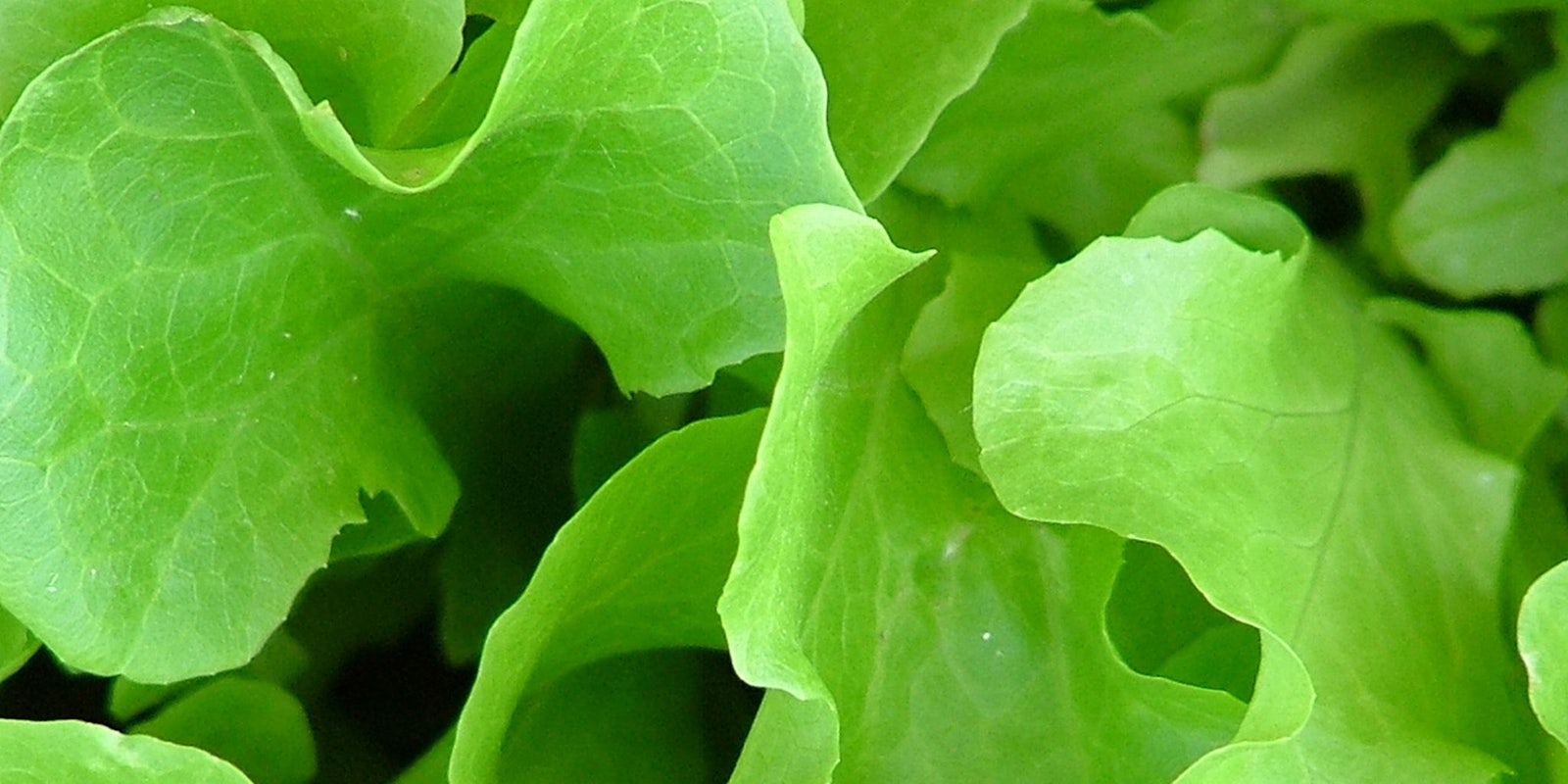Robots will soon grow lettuce for people in Japan. Spread, a vegetable production company, announced plans for a new automated farm set to begin operations by mid-2017, with robots managing almost every step of the growing process.
The farm, located in Kizugawa, Kyoto, will produce about 30,000 heads of lettuce per day. It will be a bit like robotic manufacturing along an assembly line, except unlike with, say, cars, the robots will autonomously handle nearly all aspects of lettuce production, from seed to harvest.
Contrary to traditional farming techniques, Spread’s farm will take up 47,300 square feet of indoor space, with plants stacked vertically in layers and fed by LED lights instead of sunshine. Humans will still be required to plant the seeds and confirm germination, but robots take over from there.
Using robots instead of people to grow produce will have significant human and financial consequences. According to the company, moving to a completely automated system will reduce labor costs by 50 percent.
Spread’s setup connects to a major concern that people have about automating manufacturing, but robots could affect more than just the production line. About 60 percent of jobs in the U.S. face the prospect of automation taking over at least a third of their activities.
In Japan, however, robots are solving one of the country’s biggest problems: labor shortages caused by an aging population and declining workforce. For Spread, automating jobs means human talent can be redirected elsewhere. Human farmers will reportedly spend more of their time developing sustainable agriculture techniques.
Spread’s robot-grown lettuce will begin appearing on people’s plates in the summer of 2017.



